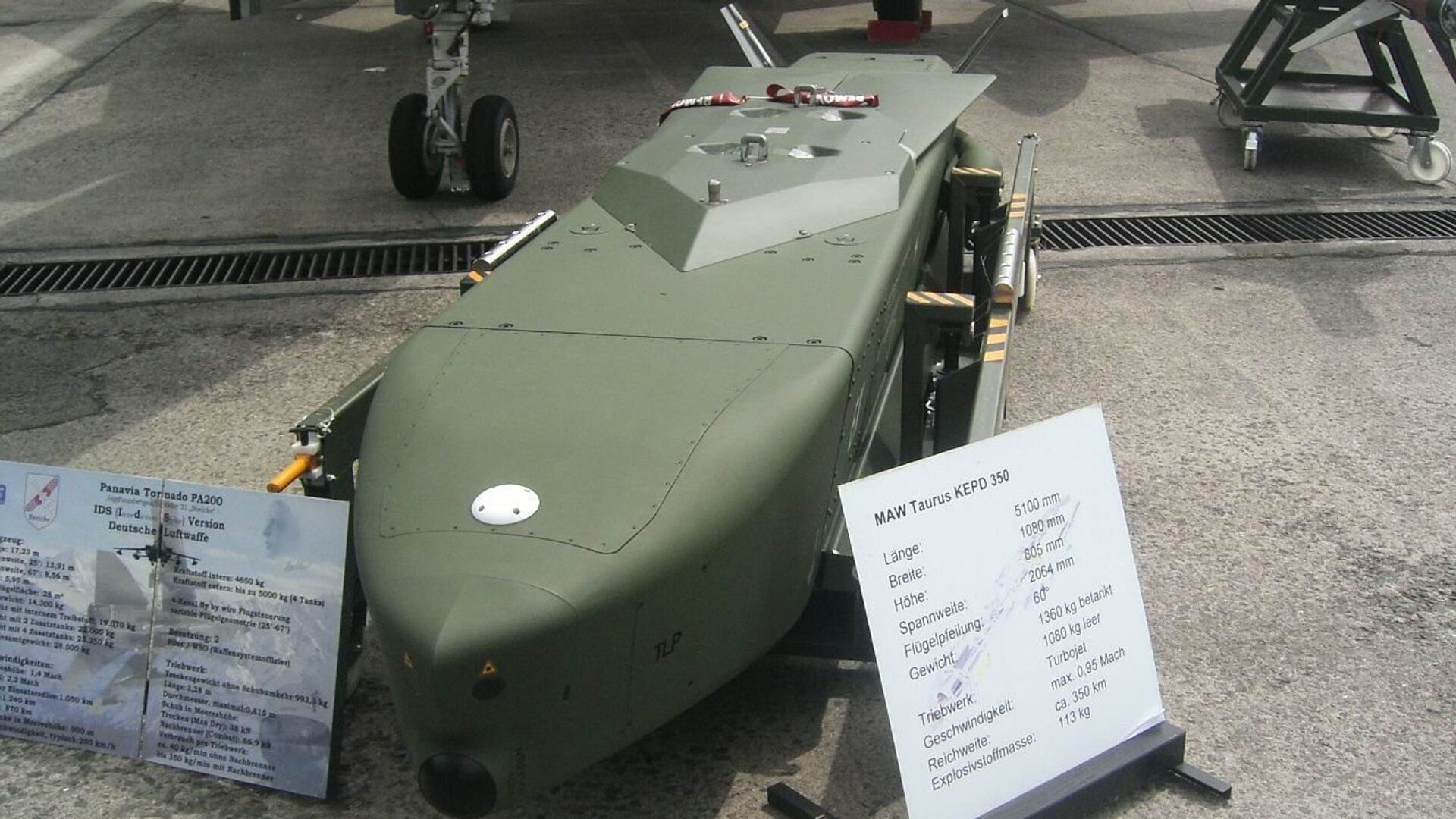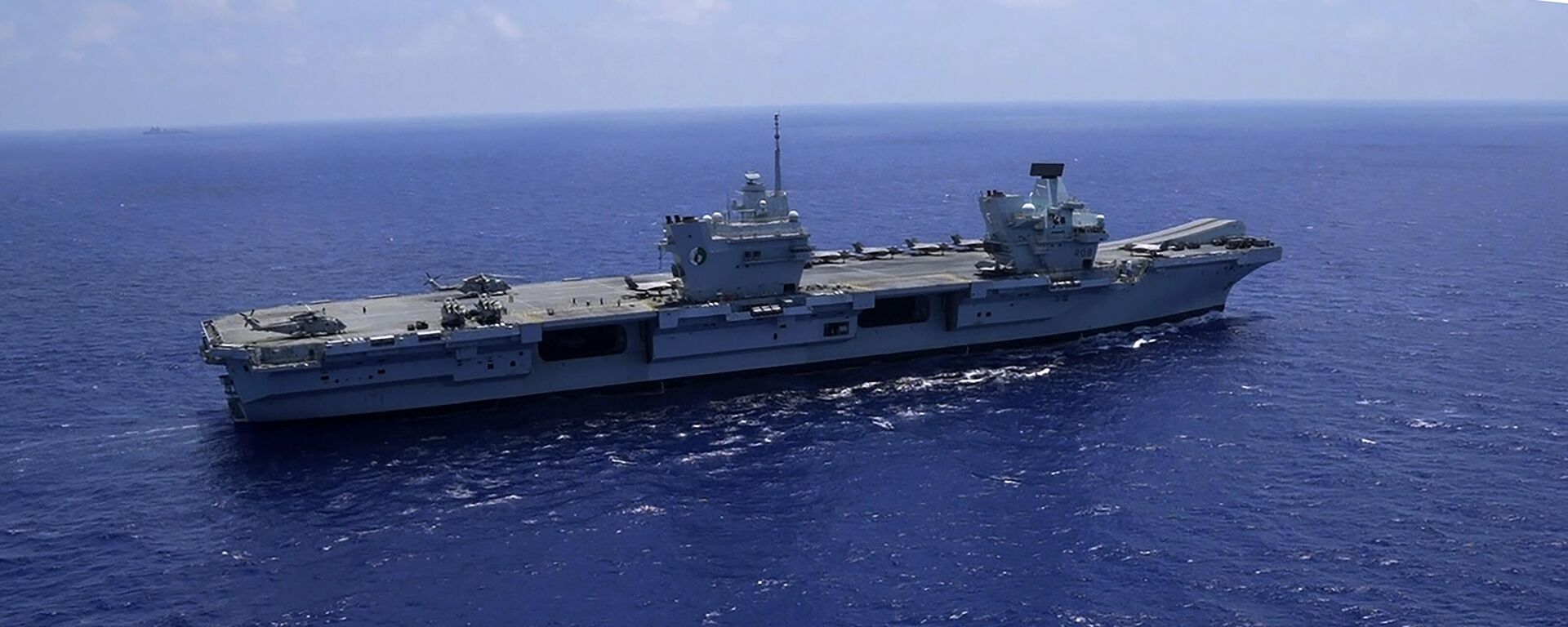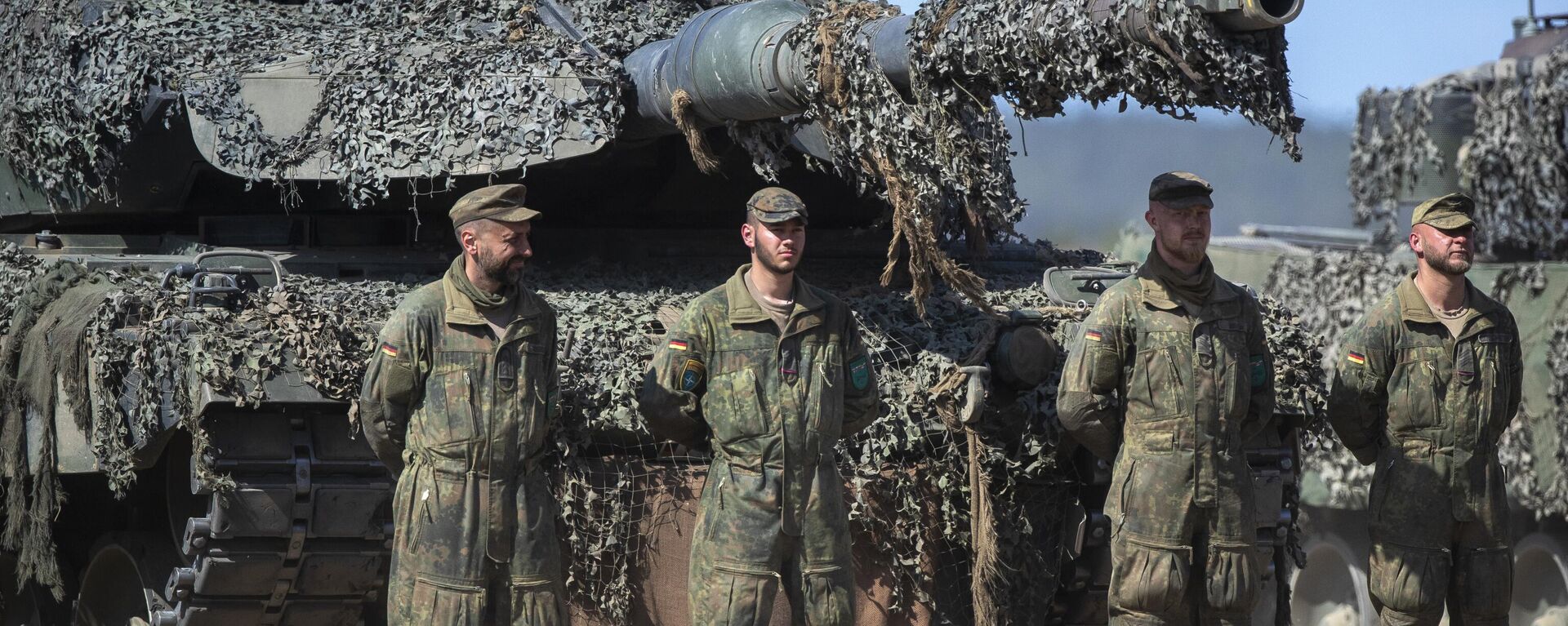Dirty Little Secret Behind the Dramatic Debate Over Taurus Missiles for Ukraine
16:33 GMT 11.03.2024 (Updated: 16:42 GMT 11.03.2024)

CC0 / axesofevil2000 /
Subscribe
The German government seems hopelessly split regarding whether or not to send Taurus cruise missiles to Kiev, with Foreign Minister Annalena Baerbock suggesting Sunday that Berlin could give Taurus to Britain and that London could in turn send Storm Shadow cruise missiles Ukraine’s way. But here’s what most analyses on the Taurus story are missing.
The potential delivery of German-made cruise missiles to Ukraine sparked a scandal in Berlin at the beginning of March, with a leaked confidential conversation between Bundeswehr commanders discussing the possible use the weapons against Russian infrastructure in Crimea prompted questions about who’s really in charge in Germany – the military, or a government which has said it has no plans to send the missiles Kiev’s way.
Foreign Minister and Green Party leader Annalena Baerbock added fuel to the fire on Sunday, saying she was open to the “option” tabled by her British counterpart David Cameron of sending Taurus missiles to the UK, so that London could deliver more of its Storm Shadow cruise missiles to Ukraine.
“The exchange is a German [idea]. That would be an option. And we’ve already done it with other equipment some time ago,” Baerbock said.
Government spokesman Steffen Hebestreit quickly walked back the comments on Monday, telling a briefing that the government had not altered its position on the issue, hinting at disagreement between Baerbock and the chancellor.
“Baerbock is always supportive of Ukraine,” Mikael Valtersson, a former Swedish Armed Forces officer and the chief of staff of the Sweden Democrats Party told Sputnik, commenting on the apparent split in opinion in Berlin.
“She says that she wants it to happen [but that] isn’t the same as ‘it will happen’ because it it’s Chancellor Scholz who has the last word, and he isn’t as positive to send the weapons to escalate the situation in Ukraine as Baerbock. But the chance has increased. The German government is very split,” Valtersson stressed.
The real issue, which has been overlooked by many observers looking at the missile debate, is that complex weapons systems like Germany’s Taurus, Britain’s Storm Shadow and France’s SCALP-EG variant require support personnel to operate, with this task impossible to farm out to the Ukrainians.
“Both the UK and France have their own personnel on the ground, and that’s the reason why Germany doesn’t want to send Taurus to Ukraine – because they don’t want to send military personnel to Ukraine,” Valtersson emphasized.
If Baerbock gets her way and the swap takes place, the most probable outcome will be for Germany to send maybe 100 Taurus missiles to the UK, and Britain in turn sending about 100 of its remaining Storm Shadows to Ukraine, where existing personnel and infrastructure can subsequently assist in their use against Russia.
In any event, if the exchange takes place, it would frankly be a “very stupid” move on London’s part, according to Valtersson, who said it would indicate “much more about the UK’s desperation to get weapons to Ukraine” than it does about shoring up Kiev’s capabilities.
“This is a very stupid thing for the UK to do, because it’s very complicated having these missiles. The UK [already] has big gaps in its defense budget, they are considering selling one of their aircraft carriers because they can’t afford it. And getting two long range missile systems will be very expensive and very hard to manage because you will have twice the amount of technicians. So it’s a totally wasteful method for the UK,” Valtersson stressed.
On the other hand, however, the fact that such discussions are taking place does seem to signal London’s “desperation” to get the weapons through, the observer believes.
If the swap goes through, on top of all the technical issues associated with their deployment are the practical limitations in Kiev’s ability to deploy the Storm Shadows.
“It will help Ukraine for a short while. The missiles will be used up rather quickly. But Ukraine has very great problems. The only aircraft that can use the Storm Shadows is the Su-24 [a Soviet-era tactical bomber, ed.]. Those planes have been adopted with Western technology so they can carry Storm Shadows. But we don’t know how many Su-24s Ukraine has left; it’s probably maybe ten. They are a very limited resource,” Valtersson said.
In other words, the missiles could “help Ukraine for a short while to avoid losing more ground, but it won’t change the war in the long run,” the observer summed up.
The Taurus is a German-Swedish air-launched cruise missile introduced in the mid-2000s and operated by Germany, Spain and South Korea. The 1,400 kg weapon features a 5.1-meter length, a 2-meter wingspan, and a two-stage 480 kg warhead with tandem penetrator. The Taurus has a 500 km operational range and a Mach 0.95 maximum speed, and inertial, GPS, image and radar altimeter-based guidance.
Created in the late 1990s and introduced into service in 2003, the Storm Shadow/SCALP-EG is a 1,300 kg, 5.1 meter-long cruise missile with a 3-meter wingspan and a 450 kg warhead. The missile has an operational range of 550 km, accelerates to speeds up to Mach 0.95, and features GPS, inertial and infrared thermography guidance. The missile system is manufactured by European defense giant MDBA.
Britain and France have delivered 100 or more Storm Shadow/SCALP-EG cruise missiles to Ukraine to date, with Paris announcing in January that it would send about 40 more of the missiles in 2024. Russian forces captured a Storm Shadow almost completely intact last year to study the missile’s secrets.




